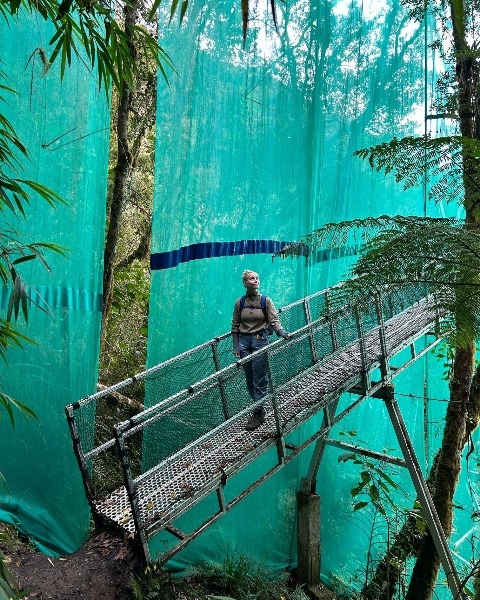Member Symposium
Systematics, Evolution, and Biodiversity
Plant-Insect Ecosystems
Poster Display
Biology and Conservation of Solitary, Ground-nesting Bees
SD22: Bees display limited acclimation capacity for heat tolerance
Sunday, November 10, 2024
4:30 PM - 5:30 PM MST
Location: Phoenix Convention Center, 130, PCC

Natalie Herbison
Research Assistant
University of Kansas
Lawewnce, Kansas
Presenting Author(s)
Bees are essential pollinators and understanding their ability to cope with extreme temperature changes is crucial for predicting their resilience to climate change, but studies are limited. We measured the response of the critical thermal maximum (CTMax) to short-term acclimation in foragers of six bee species from the Greek island of Lesvos, which differ in body size, nesting habit, and level of sociality. We calculated the acclimation response ratio as a metric to assess acclimation capacity and tested whether bees' acclimation capacity was influenced by body size and/or CTMax. We also assessed whether CTMax increases following acute heat exposure simulating a heat wave. Average estimate of CTMax varied among species and increased with body size but did not significantly shift in response to acclimation treatment except in the sweat bee Lasioglossum malachurum. Acclimation capacity averaged 9% among species and it was not significantly associated with body size or CTMax. Similarly, the average CTMax did not increase following acute heat exposure. These results indicate that bees might have limited capacity to enhance heat tolerance via acclimation or in response to prior heat exposure, rendering them physiologically sensitive to rapid temperature changes during extreme weather events. These findings reinforce the idea that insects, like other ectotherms, generally express weak plasticity in CTMax, underscoring the critical role of behavioral thermoregulation for avoidance of extreme temperatures. Conserving and restoring native vegetation can provide bees temporary thermal refuges during extreme weather events.

.png)
